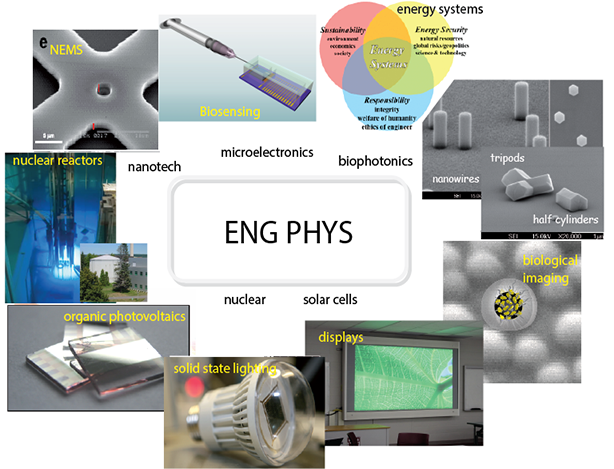Investigating Localized Fallout from the Detonation of a Nuclear Charge
Abstract
The use of a nuclear charge for a non-military purpose is referred to as a Peaceful Nuclear Explosion (PNE), the following paper investigated the potential uses of PNE’s in civil engineering applications due to their high explosive yield to weight ratios. The investigation carried out looked at the behaviour of the neutron flux from a 100kt nuclear fission charge in soil, primarily focusing on radiation resulting from the neutron activation of soil. The calculated radiation fields present one year after the subterranean detonation of a 100kt warhead were found to be four orders of magnitude greater than the annual radiation background levels in Canada. The effect of this would cause workers one kilometre from the blast site to exceed Canadian Nuclear Safety Committee (CNSC) standards for absorbed dose within one working week. It can therefore be concluded that because of the time it takes for radiation levels to decay down to CNSC standards, PNE’s are not suitable for civil engineering applications within Canada.References
J. Turner, Atoms, Radiation, And Radiation Protection, 1st ed. (Pergamon Press, New York, 1986).
R. Vandenbosch and J. Huizenga, Nuclear Fission, 1st ed. (Academic Press, New York, 1973).
T. Cochran, W. Arkin and M. Hoenig, U.S. Nuclear Forces And Capabilities, 1st ed. (Ballinger Pub. Co., Cambridge, Mass., 1984).
S. Glasstone and P. Dolan, The Effects Of Nuclear Weapons, 1st ed. (U.S. Dept. of Defense, [Washington], 1977).
Nuclearweaponarchive.Org (2016).
Ncnr.Nist.Gov (2016).
Table Of Simple Integral Neutron Cross Section Data Fromjef-2.2, ENDF, 1st ed. (1994).
V. Alekseenko and A. Alekseenko, Journal Of Geochemical Exploration 147, (2014).
Http://Web.Stanford.Edu (2016).
M. Nordyke, Annals Of Nuclear Energy 2, (1975).
Laws-Lois.Justice.Gc.Ca (2016).
Nuclearsafety.Gc.Ca (2016).
Downloads
Published
Issue
Section
License
Authors who publish with this journal agree to the following terms:Authors retain copyright and grant the journal right of first publication with the work simultaneously licensed under a Creative Commons Attribution License that allows others to share the work with an acknowledgement of the work's authorship and initial publication in this journal.
Authors are able to enter into separate, additional contractual arrangements for the non-exclusive distribution of the journal's published version of the work (e.g., post it to an institutional repository or publish it in a book), with an acknowledgement of its initial publication in this journal.
Authors are permitted and encouraged to post their work online (e.g., in institutional repositories or on their website) prior to and during the submission process, as it can lead to productive exchanges, as well as earlier and greater citation of published work.


